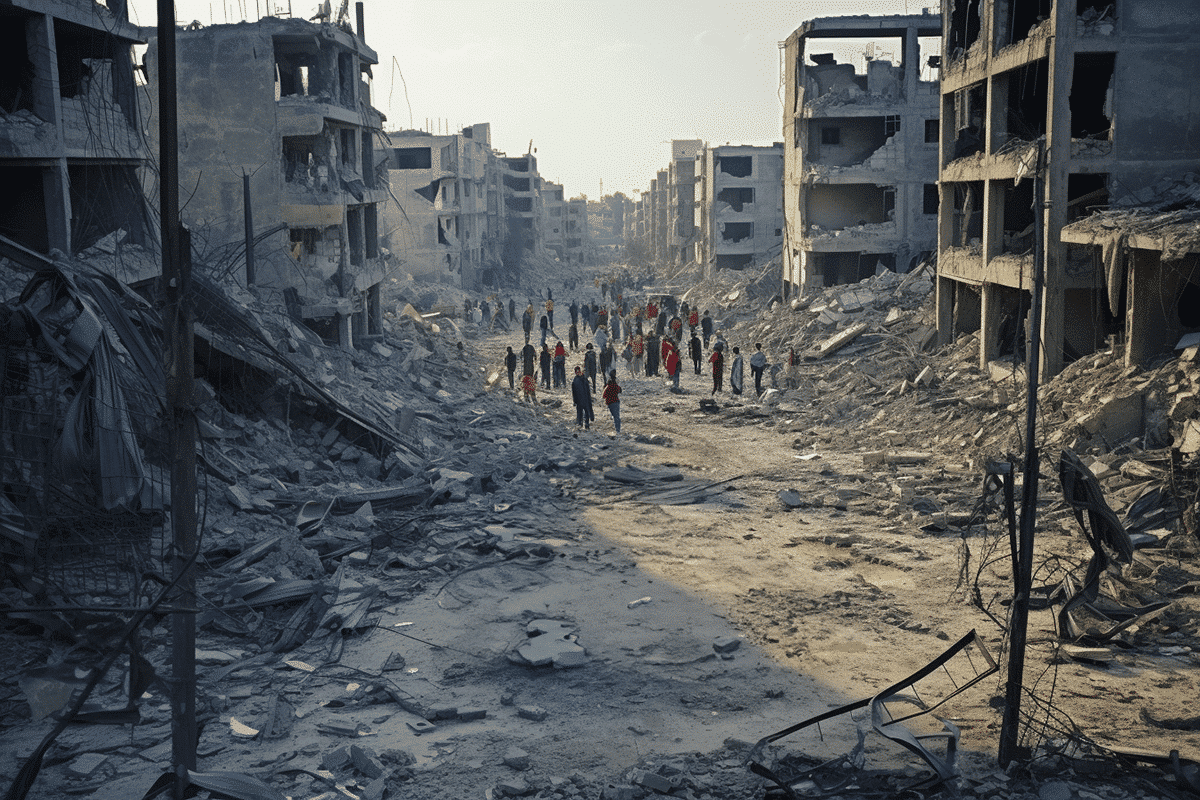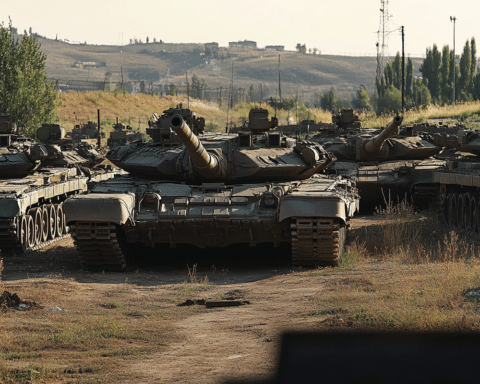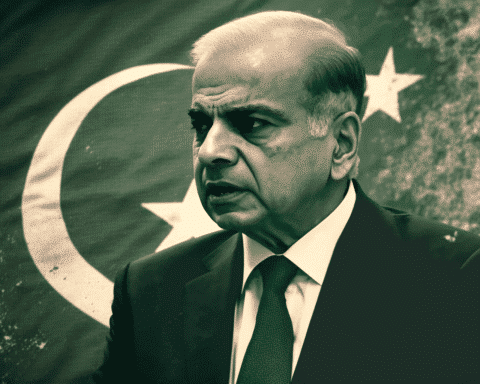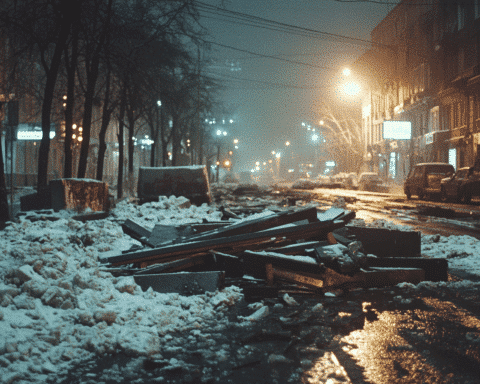In the wake of Israeli forces targeting the southern Gaza town of Rafah, residents are engulfed in fear, witnessing one of the last refuges within the embattled region succumbing to conflict. This recent offensive against Hamas has significantly impacted areas already brimming with displaced civilians, exacerbating an already dire humanitarian situation. The United Nations has starkly noted the absence of safe havens in Gaza, with the intensified combat around Khan Younis displacing tens of thousands. More than 80% of Gaza’s population has been forced to flee their homes, further straining the limited resources and aid facilities.
Amidst this turmoil, the U.N. Secretary-General Antonio Guterres, exercising a rare authority, alerted the Security Council of a looming “humanitarian catastrophe,” pressing for a cease-fire. The United States, while advocating for a reduction in civilian casualties and displacement, has reiterated unwavering support for Israel. Israel, on its part, asserts the necessity to diminish Hamas’ military strength and its grip on power, a stance reinforced following the Oct. 7 attack, which escalated the conflict.
The evacuation orders from Israel, though more targeted in the south than in the north, offer little solace as safe zones diminish rapidly. Civilians, increasingly isolated in northern and central Gaza, find refuge in the south, particularly in Rafah, where living conditions are strained to the brink.
Dalia Abu Samhadaneh, a resident now in Rafah after fleeing Khan Younis, encapsulates the prevailing dread: “We live in fear every moment, for our children, ourselves, our families. We live with the anxiety of expulsion.” This sentiment underscores the harsh realities of war, where safety and stability are elusive.
The conflict has exacted a heavy toll, with Gaza’s Health Ministry reporting over 16,200 deaths, predominantly women and children, and more than 42,000 injuries. Medical facilities’ limited capacity further aggravates the situation, as Doctors Without Borders highlighted: “The hospital is full, the morgue is full.”
The situation in Gaza remains a complex and heart-wrenching human tragedy. With the southern edge, once a sanctuary, now under siege, the inhabitants of Gaza confront an ever-constricting circle of safety. While divided in its response, the international community cannot ignore the escalating humanitarian crisis. The need for a sustainable resolution that addresses the immediate humanitarian needs and underlying political issues has never been more urgent.




